
Image Processing in Python
In this post, we use a Jupyter Notebook go over the steps for creating a proof of concept for the image processing piece of our Caltrain work.

In this post, we use a Jupyter Notebook go over the steps for creating a proof of concept for the image processing piece of our Caltrain work.
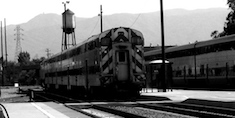
In this post we’ll start looking at the nuts and bolts of making our Caltrain work possible: image processing, video analysis, and image recognition.

In this post we share some links to interesting work being done with social media data.
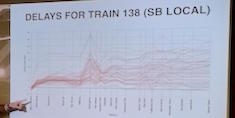
On May 6th, SVDS hosted an Open Data Science Conference (ODSC) Meetup in our Mountain View headquarters. Data Engineer Harrison Mebane and Data Scientist Christian Perez presented on our Caltrain project.
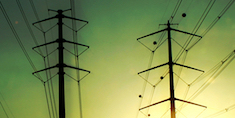
We believe there are clearly some compelling value propositions that come from integrating the visibility from the IoT into applications that help understand and manage the state of complex systems. With the internet of things, the more things, really, the merrier.
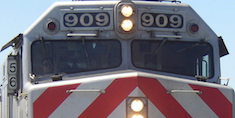
In this post, we will explore some aspects of the train delay data we’ve been collecting from the Caltrain API over the past few months. The goal is to get our heads into the data before setting off on building a prediction model.

It’s easy to become overwhelmed when it comes time to choose a data format. In this post Silvia gives you a framework for approaching this choice, and provide some example use cases.
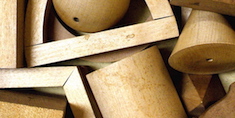
Data products are the reason data scientists are lately treated like rockstars. Along the way at SVDS, we’ve learned a few things about data products, which we shared as we told the story of the Caltrain Rider app.

This article is the first in a series that I will be posting on the topic of thinking about data as an intangible asset, and how to value it as such.